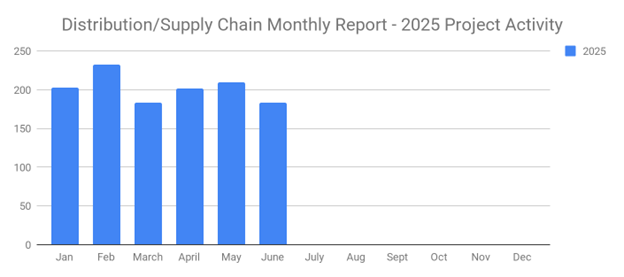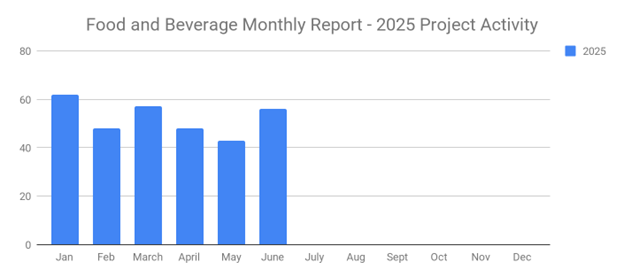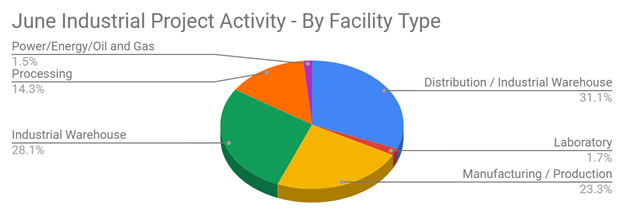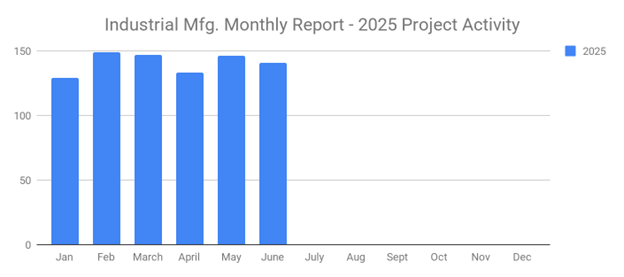
Calling is a common activity performed by sales reps. Research shows that the average sales rep makes 35 calls per day. Whether you're trying to generate new leads, nurture existing leads or close the deal with a qualified lead, you may need to pick up the phone and make a call. Some of your sales calls will inevitably fail to achieve their desired goal. You can increase your chance of success, however, with call mapping.
What Is Call Mapping?
Call mapping is the process of planning or "mapping" out a sales call. It involves researching and preparing for a future sales call. Rather than calling a prospect on the fly, you can plan the sales call in advance.
Some sales reps assume that call mapping is all about routing calls, but this isn't the case. Call mapping simply revolves around planning sales calls. It's known as "call mapping" because it guides sales reps to their intended destination. The destination, so to speak, is the goal. Different types of sales calls can have different goals, such as lead generation, lead nurturing or closing a deal. Call mapping is designed to create a metaphorical path that guides sales reps to their end goal when talking to a prospect
How Call Mapping Works
You might be wondering how call mapping works. When performing call mapping, you'll need to create a metaphorical map outlining one or more upcoming sales calls. You can create a separate map for each upcoming sales all, or you can reuse the same map for all of your upcoming sales calls -- assuming the sales calls share the same goal.
Regardless of the goal, you'll typically want to begin sales calls by introducing yourself. This is important for cold and warm sales calls alike. If you don't introduce yourself, the prospect may hang up, or the prospect may even block your number. You can earn the prospect's trust, however, by introducing yourself. When the prospect first answers the phone, explain who you are and the reason you are calling. A short 30-second introduction such as this will break the ice while earning the prospect's trust.
After the introduction, you may want to inquire about the prospect's needs. If you're trying to sell a product or service, for example, you should pitch it as a solution to the prospect's problem. In the B2B industry, prospects typically buy products and services to solve a problem. If they perceive your B2B company's product or service as being a valuable solution, they may purchase it.
Sales calls may go in different directions. If you perform call mapping, though, you can prepare for different scenarios. Call mapping is all about planning and preparing for sales calls.
Keep in mind that call mapping isn't the same as creating a script. A script is a word-for-word message that you intend to speak after getting a prospect on the phone. Call mapping is the process of planning and preparing for a sales call by outlining the main points. You can still include a script as part of your call mapping strategy, but they are two different types of processes. Call mapping is a more methodical process that often includes different branches. The path that your sales call will take depends on the prospect's reactions. The prospect's reactions will guide your sales call down various branches.
The Sales-Driving Power of Call Mapping
With call mapping, you'll know exactly what you need to do to achieve your desired goal on a sales call. Far too many sales attempt to improvise their sales calls. They spend little or no time planning their sales calls. Instead, they go through each phone number on their lead list while improvising their sales calls on the fly.
Your sales calls are destined to fail if you improvise them. Sales calls require planning. You must plan the content of your sales calls so that you can guide prospects through the process while persuading them to take action. Maybe you want prospects to book an appointment with a sales rep, or perhaps you want prospects to make a purchase over the phone. Call mapping can help you achieve these and other related sales call goals.
Another benefit of call mapping is the ability to overcome objections. You're bound to encounter rejections when calling prospects. Some prospects will reject your offer, resulting in a failed sales call.
Some of the most common objections encountered by sales reps when calling prospects include the following:
- The price is too high
- Currently using a competitor's products or service
- Not ready to make a purchase yet
- Need to obtain buy-in
- Too busy to talk right now
- Lack of decision-making authority
You can't always prevent objections from occurring, but you can prepare rebuttals for them. A rebuttal is a response to an objection that, ideally, persuades the prospect to change his or her decision. If the prospect says the price is too high, perhaps you can convey the value proposition of the product or service or even lower the price. If the prospect is currently using a competitor's product or service, on the other hand, maybe you can explain why your B2B company's product or service is a better choice. Regardless, you should list possible objections and their corresponding rebuttals when performing call mapping.
Call mapping will speed up your sales calls. As previously mentioned, sales calls are time-consuming. You may spend most of your day calling and talking to prospects on the phone. A lack of planning and preparation will result in longer sales calls. Conversely, call mapping can shorten the length of your sales calls. It will allow you to perform faster, more productive sales calls. And by doing so, you'll be able to call more prospects. Call mapping will drive more sales while simultaneously shortening the length of your sales calls.
In Conclusion
A little planning will go a long way at driving sales. You can use call mapping to plan your sales calls in advance. Call mapping is a B2B sales process that involves planning and preparing for sales calls in advance.
What to learn more? Get in Touch
Latest Posts
-

June's New Distribution and Supply Chain Planned Projects Return to March’s 183 Confirmed Figure
-

Food and Beverage Rebounds with 56 New Planned Projects Igniting Growth After Decline
-

June 2025’s New Industrial Construction Projects Grew 7% Month-Over-Month
-

Q2 Industrial Manufacturing Soars 31% for Planned Projects Over $100M; June Planned Industrial Projects Hit 141

